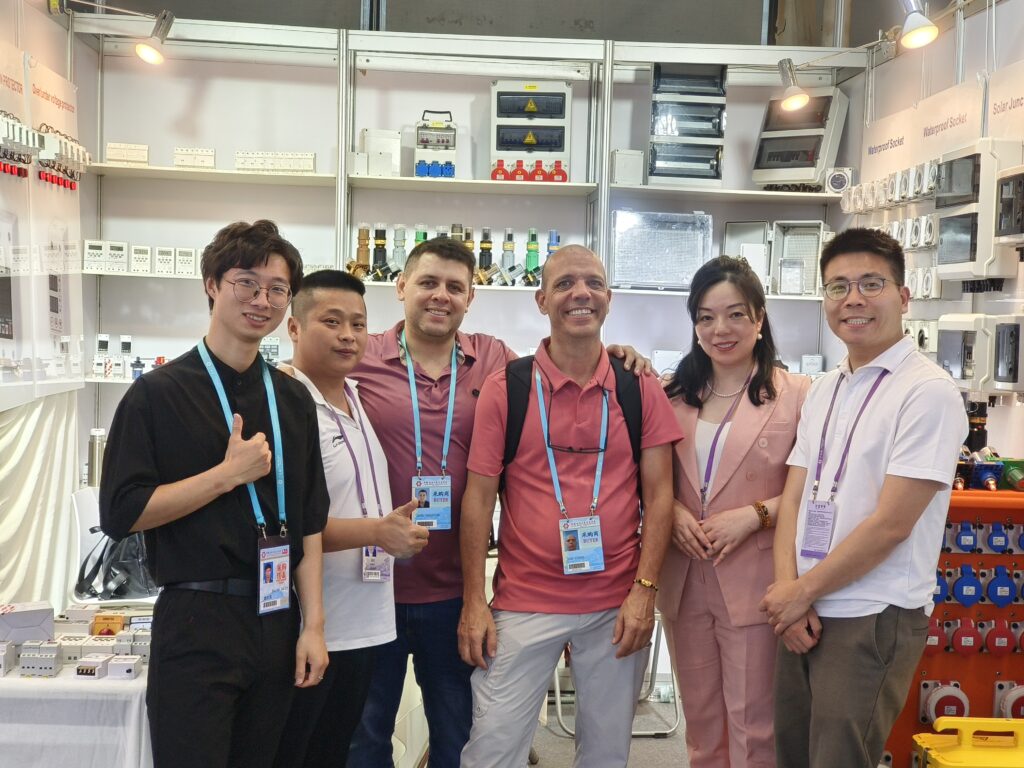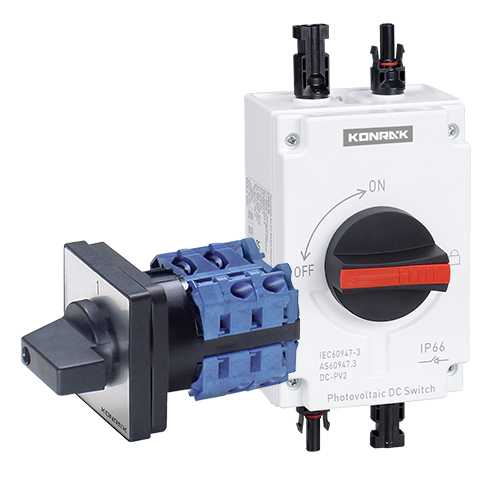 Salutations
SalutationsRotary Cam Switch Essentials
A rotary cam switch functions via a mechanical shaft rotation. The shaft's movement coordinates with a cam to manage contacts in a sequence or individually depending on design. Multiple shaft stops enable diverse contact states.
Their usage extends to industrial controls and everyday electronics. Their robustness lies in managing different power levels. Position feedback is provided using detents or light indicators.
- Standard in industrial controls and electronic devices
- Load handling capacity enhances their adaptability
Importance of Disconnect Switch Safety
A disconnect switch safeguards electrical equipment from danger. They permit separation of live power from devices. Separating power reduces risks during maintenance. Confirm disconnect switch is off before intervention. Faulty use leads to serious safety issues.
Follow important procedures to ensure system safety: Locate the specific disconnect for your work area. Validate circuit de-energization before switching. Don safety gear and insulated tools for security. After work, re-engage the disconnect switch and test circuits.
- Consistently monitor for operational faults
- Secure in clean, dry locations to avoid damage
- Seek professional advice if uncertain about switch use
Role of Isolator Switches
Isolators play a crucial role in separating power supplies. Isolators function to purely disconnect power while others protect. Isolation safeguards workers by eliminating live connections.
- Isolator switches enable safe equipment diagnostics
- Levers or indicators show open or closed conditions
- Isolators contribute significantly to workplace safety
Seamless Power Transfer
Reliable switchovers support constant power delivery. Rapid load changes are their primary operational role. They minimize downtime and electrical disruptions. Advanced designs ensure near seamless changeovers. Typically utilized where redundancy or backup power is critical. Switches provide uninterrupted supply via automation
Basics of Cam Switches
Insight into cam switches simplifies circuit operation. Rotary cams operate via handles managing contact sets. Switch design allows detailed contact selection. Cam configuration guarantees effective switch activity. These switches fit situations demanding reliability and exactness
- Additionally, knowing switch structure aids troubleshooting common faults
- Awareness of contact functions supports configuration
- Awareness of technical details supports reliable functioning
Role of Disconnection Devices
Disconnect switches ensure safe system operations. They allow interruption of electrical current flow. Their function assists in secure handling of equipment. Different disconnect models suit particular applications
- Standard isolation switches dominate industrial use
- Load break switches interrupt current during load conditions
- Vacuum disconnect switches use vacuum technology for high performance
- Air break types isolate electrical circuits
Understanding models helps picking correct switches. Checking factors and settings promotes electrical safety
Determining Optimal Isolation Switch
Choosing isolation devices requires detailed evaluation. Reviewing load currents and equipment needs. Evaluating voltage or electrical pressure ratings is important. Rate of cycles impacts device operation. The physical attributes such as size and mechanical structure must be compatible. Use of flame-retardant elements is beneficial. Ultimately, a detailed evaluation aligned with your requirements directs you to the best isolator choice.
Use of Changeover Switches in Industry
Switches support core processes in industrial contexts. Power transfer between sources is a key role. Support power systems for reliability and backup. In complex electrical systems, changeover switches help safeguard equipment and ensure continuous production. Their reliability and adaptability are critical for factories
Differentiating Electrical Switch Devices
Picking the right device necessitates recognizing variations. Multiple positions influence switching options. They serve to safely disconnect electricity during service. Isolators ensure safe load disconnection. More robust in physical form and amperage capability
Identify and Fix Switch Malfunctions
Troubleshooting often reveals loose wiring. Check screws securing switches to wiring or junctions and tighten as necessary. Flickering lights may indicate switch faults or bulb problems. Inspect switch condition and swap damaged parts. Inspect protective switches and restore power if tripped. If issues persist, it is wise to consult a qualified electrician
Principles of Rotary Cam Switch Design
This switch type manages electrical current via electromechanical means. A rotary shaft actuates multiple switch contact points. The shaft’s spin commands contact states in order. Cam shape and design govern the switch’s configuration. Advanced cams facilitate various circuit formations
They find application in numerous industrial and commercial settings. Utilized in automation equipment, consumer electronics, vehicles, and telecom.
- Design factors include switch size, number of positions, contact materials and environmental considerations
